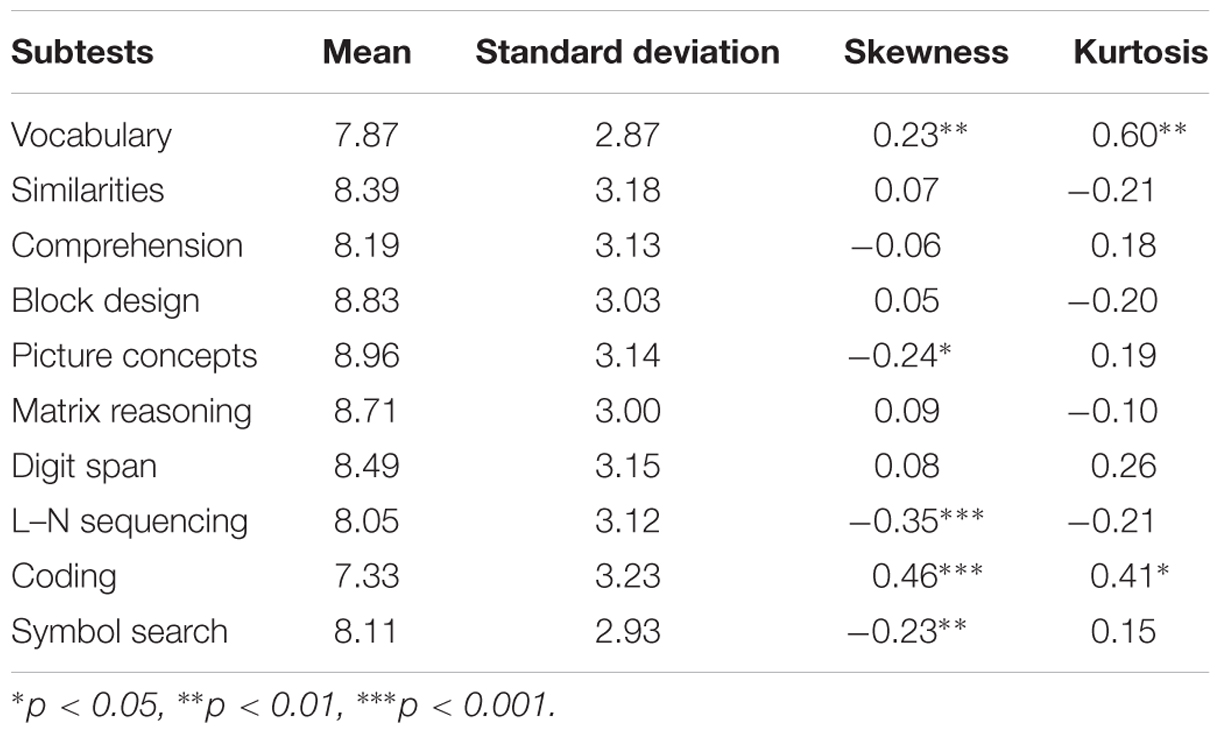
Also discussed are the clinical considerations of this test, including the meaning of the FSIQ and four Index scores and how the WISC-IV relates to other assessment measures, including the WISC-IV Integrated. Divided into two sections, Section I discusses general advances in the assessment of children's intelligence, and how the WISC-IV differs from the WISC-III. Most relevant to practitioners is the applied focus and interpretation of the WISC-IV in psychological and psychoeducational assessment. This information is available nowhere else and is a unique opportunity to understand the WISC-IV from the perspective of those who know it best. With chapters authored by recognized experts in intelligence research, test development, and assessment, this will be a valuable resource to anyone using the WISC-IV in practice. WISC-IV Clinical Use and Interpretation provides comprehensive information on using and interpreting the WISC-IV for clinical assessment and diagnosis.

Provides practical advice on scoring and administration Facilitates understanding WAIS-IV use with special populations Describes use of the WAIS-IV with WMS-II WISC-IV Clinical Use and Interpretation The editors and chapter authors have exclusive access to proprietary WAIS–IV data to run advanced analyses and provide information beyond what is offered in the WAIS-IV manual. The second section of the book focuses on WAIS–IV use and interpretation with special clinical applications and populations, including with multicultural clients, in neuropsychological settings, with individuals experiencing psychological disorders, and with older adults.
#Wais iv interpretation guide pdf manual#
This information does NOT appear in the manual accompanying the test.
#Wais iv interpretation guide pdf how to#
The reader is instructed how to interpret composite scores, and everything needed to use and interpret two entirely new composite scores: the General Ability Index (GAI), and the Cognitive Proficiency Index (CPI). The book discusses the changes made between 3rd and 4th editions along with an FAQ and answers about use and interpretation. Written by the creators of the new test, this book serves as the ultimate insider's guide to the new test, providing users with the kind of access to norms and data that would be unavailable to any subsequent book on clinical use of this measure.

Substantive changes were made to the WAIS-IV from the WAIS-III leaving clinicians with questions as to how to use and interpret the measure effectively. Published in August of 2008, WAIS–IV is the most widely used intelligence test for adults in the world.


 0 kommentar(er)
0 kommentar(er)
